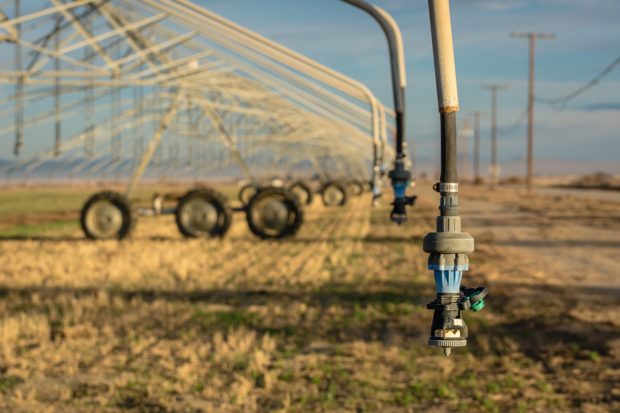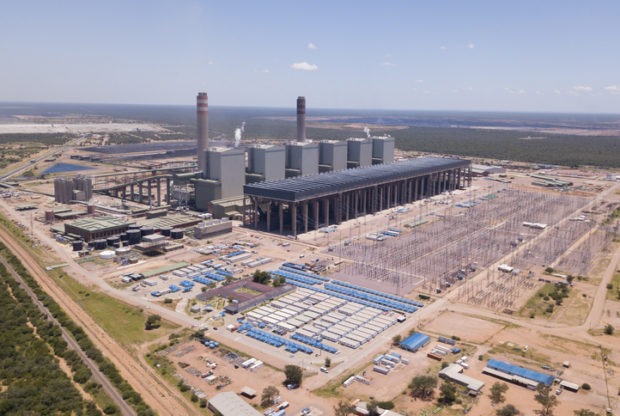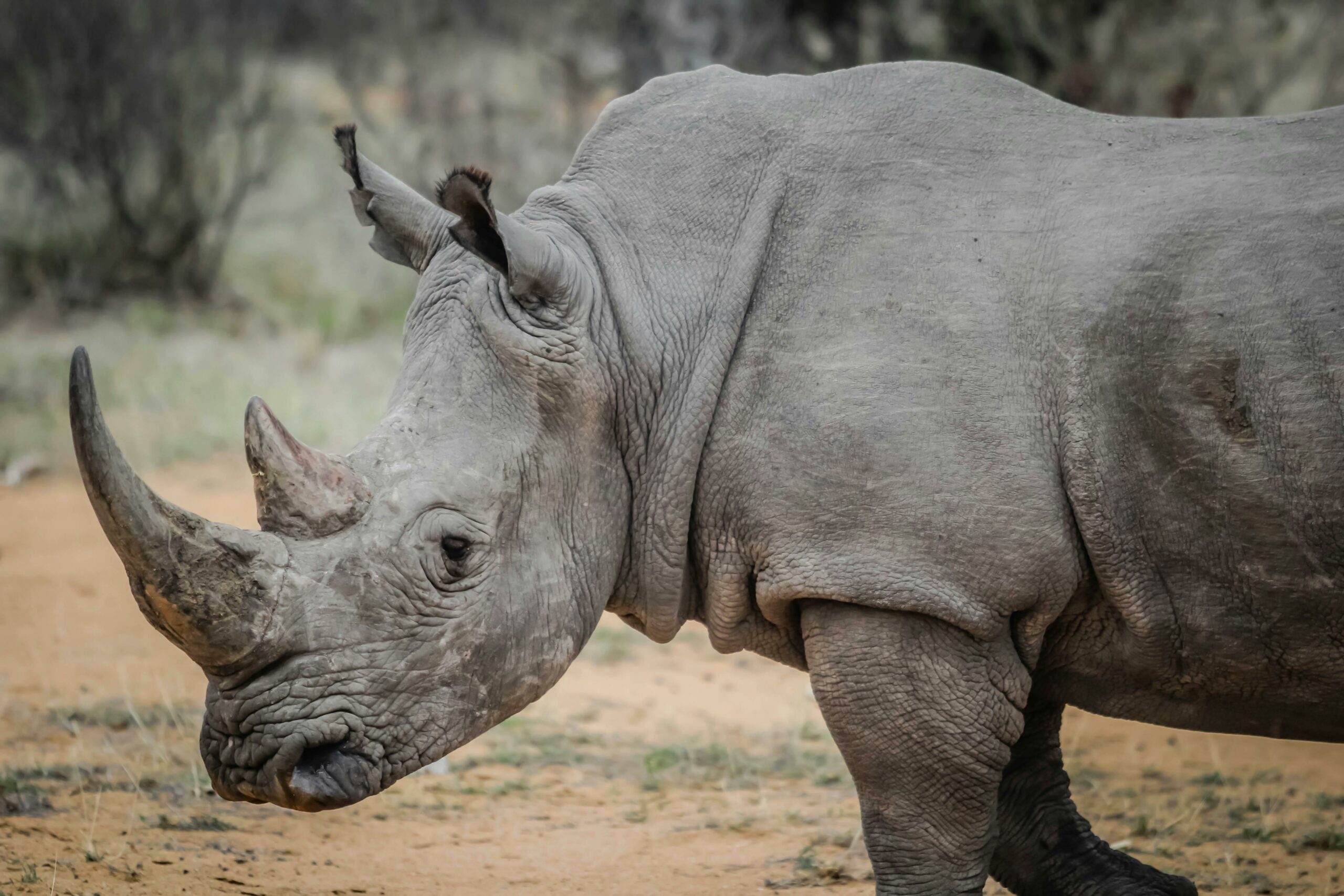South Africa’s contribution to the greenhouse effect
The greenhouse effect means that the Earth’s temperatures have been rising since the start of the industrial age. Human activity has thickened the layer of greenhouse gases in the Earth’s atmosphere, trapping some of the sun’s heat. As a result, the Earth is now roughly 1°C warmer than in pre-industrial times.
The main greenhouse gas is carbon dioxide (CO2), produced by burning fossil fuels. Other gases, such as methane and certain refrigerant gases, are more harmful but less abundant.
South Africa: The continent’s biggest emitter of greenhouse gases
South Africa is the biggest emitter of greenhouse gases on the African continent. Egypt is Africa’s second-biggest overall emitter, but with less than half of South Africa’s total.
It is easy to downplay South Africa’s contribution to the greenhouse effect by pointing the finger at other countries. Many point out that China has the highest total emissions in the world. In 2021, China produced over 11.9 billion tonnes, equivalent to 33 per cent of global greenhouse gas emissions. South Africa’s emissions, in the hundreds of millions of tonnes, look small compared to this.
However, a fairer and more useful measure is emissions per person. This shows South Africa’s contribution to the greenhouse effect in a different light. In 2020, South Africa’s emissions of roughly 7.62 tonnes per person were well above the global average of 4.47 tonnes. This is also higher than China’s of 7.41 tonnes.
Climate change affects countries differently, and South Africa is seeing faster temperature changes than other countries. Globally, the lion’s share of warming has happened recently, with a 0.65°C rise in the past 50 years. But, in South Africa, the change has been even quicker. Average annual temperatures in South Africa have increased by at least 1.5 times the global average.
Extremes of flooding and drought
A warming Earth means more extreme weather events, such as flooding and storms. April 2022 saw devastating floods in the Durban area after a year’s worth of rainfall poured down in 48 hours. 448 people were killed, with about 40,000 made homeless. President Cyril Ramaphosa blamed the devastating floods on the greenhouse effect. He said, “We no longer can postpone what we need to do, and the measures we need to take to deal with climate change”.
Just weeks later, in May 2022, heavy rainfall hit the province of KwaZulu-Natal again. Hundreds of people were forced to flee their homes. To cope with the increasing frequency of flooding, we need to be aware that this kind of disaster will be more common in our warmer future. It also means doing everything possible to avert further warming.
At the other extreme, many will remember the Cape Town water crisis a few years ago. Severe drought in the winter rainfall zone meant that the city’s water supply threatened to run out. This scenario is also likely to become more widespread in South Africa because of the greenhouse effect.
A threat to multiple sectors

The global consequences of climate change include drought, flooding and the disappearance of non-human species, including key pollinators. The threat to crops could have serious implications for South Africa’s agricultural sector. A recent NASA study found that climate change could affect the production of maize and wheat as early as 2030, potentially causing global food shortages. In this context, it would be impossible to rely on imports to make up the shortfall from the country’s failing farms.
Global warming will also put a strain on South Africa’s healthcare systems, both because of heat-related illnesses and the increased prevalence of infectious diseases.
Reducing the greenhouse effect
It is impossible to undo the greenhouse effect by removing the blanket of gases in our atmosphere. But, there are many ways to reduce emissions so that the blanket does not get any thicker. The Intergovernmental Panel on Climate Change (IPCC) recommends that to avoid the most devastating impacts, we should keep warming below 1.5°C. The 2021 Climate Transparency Report found that South Africa is not currently on track to get its emissions in line with a 1.5°C pathway.
The electricity and heat sectors are the biggest cause of South Africa’s greenhouse gas emissions. The country’s heavy reliance on coal makes it the 13th biggest carbon dioxide emitter in the world, according to the Global Carbon Atlas. In 2019, coal made up about 72 per cent of South Africa’s installed power generation capacity. Other fossil fuels made up 18 per cent.
Transition away from fossil fuels
The fastest way for South Africa to reduce its greenhouse gas emissions would be to transition away from fossil fuels. At COP26, the country struck a deal to support the phase-out of coal power, receiving USD $8.5 billion from other countries.
Issues with Medupi and Kusile

The new Medupi and Kusile plants undermine the goal of phasing out coal. When they are running at full capacity, they will be the third and fourth-largest coal plants in the world. Yet, they are not even doing a good job of meeting the country’s power needs. The Medupi project was delayed and overran its budget. Then, just a couple of weeks after getting up and running, it was damaged in a hydrogen explosion and lost 700 MW in generating capacity.
Kusile was supposed to have been finished by 2014, but it is now likely to be finished at least nine years late and cost roughly double the budget.
Learning from past mistakes
South Africa can learn from the problems that have beset both power plants. Large fossil-fuel generation projects do not only contribute to the greenhouse effect with their high carbon dioxide emissions. They are also slow and risky in terms of actually keeping the lights on. As the country moves away from coal, it is vital that South Africa does not make the same mistake again. Rather than locking itself into dependence on other fossil fuels, the country needs to invest in renewable power.
In comparison with the long build times of coal-fired power plants, renewable projects are swift to start generating. A solar farm can be at operating capacity in one year, while it takes just months to get a wind farm on stream that is capable of generating 50MW of energy. Renewables can meet South Africa’s urgent capacity needs tomorrow rather than at some unspecified point in the future. According to the Energy Research Centre at the University of Cape Town, new renewable capacity is now “considerably cheaper” than coal too.
A large investment in renewable energy generation will have multiple benefits for South Africa. A more reliable power supply could mean that load shedding finally becomes a thing of the past. The jobs already being lost by the phase-out of coal will be replaced by new jobs in the renewables sector. Furthermore, the country will have cheaper electricity and cleaner air. Doing what is needed to reduce South Africa’s contribution to the greenhouse effect also means improving things for everybody.
Related Articles
Poaching is not the only reason rhinos may go extinct
The ongoing effects of climate change may cause rhinos to go extinct unless adaptation measures are implemented, according to new research.
‘Climate change the biggest threat to health in the 21st century’
Experts say climate change is the biggest threat to health in the 21st century. In South Africa, many lives are already being lost to extreme weather.




